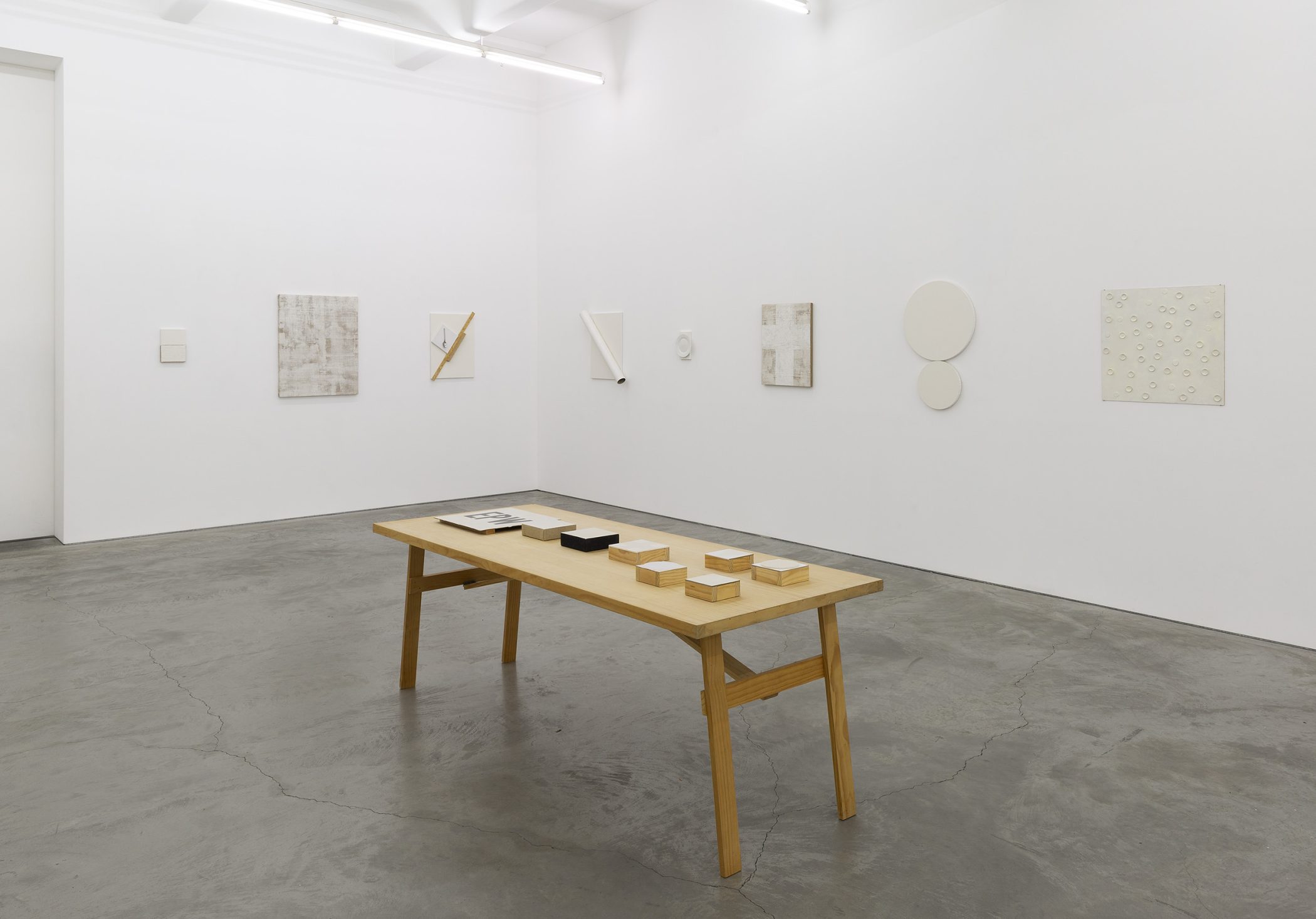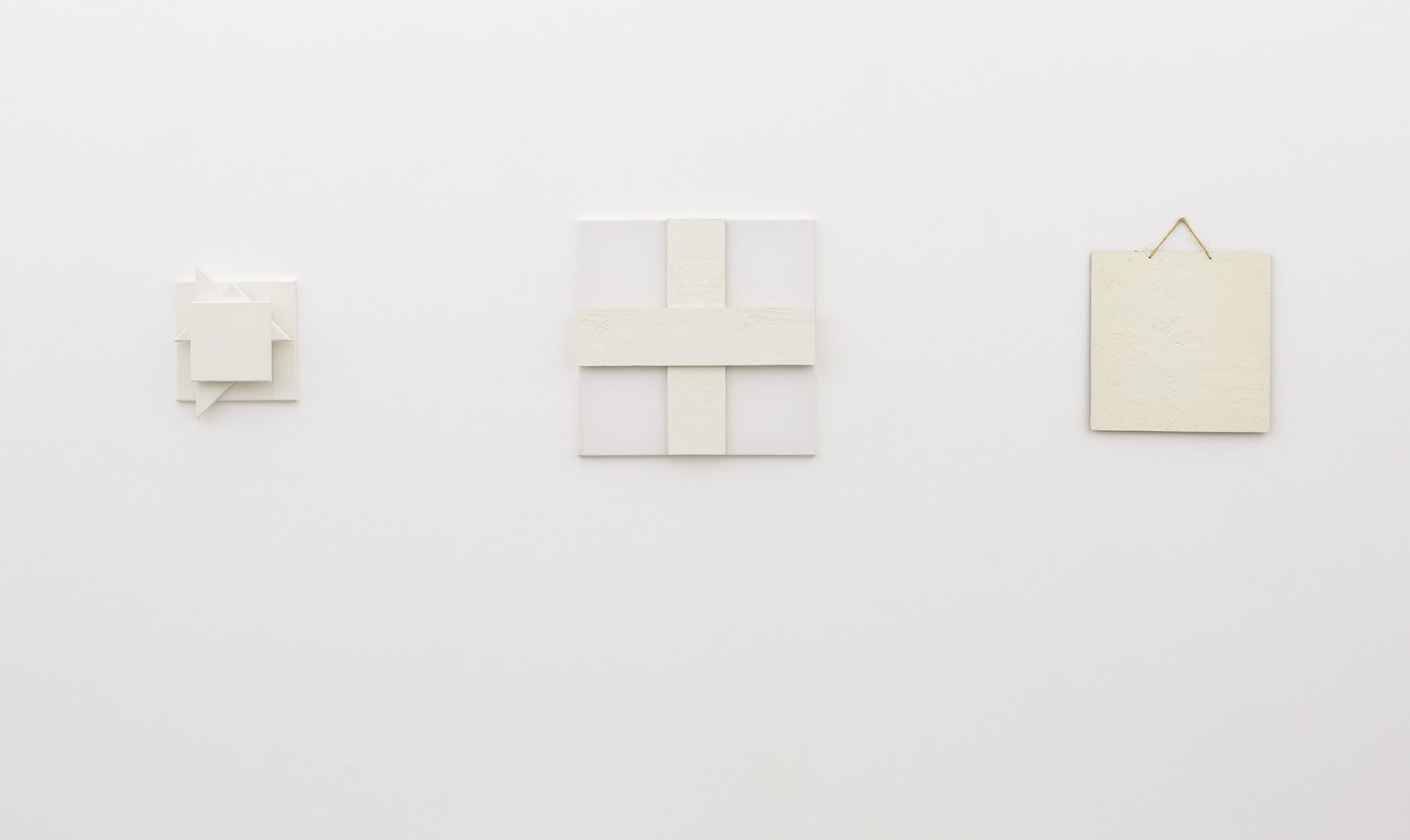John Nixon
White Paintings
13th August – 17th September 2022
Anna Schwartz Gallery
Simplicity, minimalism, the monochrome and a sense of making something out of nothing are integral to painting in white.[1]
—John Nixon, 2012
Since his first experimental block paintings of 1968, so called for their shape and small size, John Nixon has made white monochromes of different type and size from a range of materials. These paintings constitute a distinctive, if relatively little-known, stream within his multifaceted and mostly colourful abstract oeuvre.
Nixon’s decisions in relation to colour are always considered and precise. His palette has ranged from dark and earthy to bright and — of his silver paintings — metallic. Certain discrete series have had a particular chromatic focus, such as EPW: Orange, and EPW: Silver, both begun in 1995, and EPW: Polychrome, which started in 2006. Within the spectrum represented across these works, his paintings in white provide a striking contrast, acting as a recurring touchstone or conceptual ground-zero from which new beginnings can emerge.
From Kasimir Malevich’s Suprematist Composition: White on White 1918, to Piero Manzoni’s Achromes, and the almost all-white oeuvres of Robert Ryman and Robert Hunter, the white monochrome is a classic within Western modernism. Nixon described this mode of painting as: ‘historically a kind of tabula rasa … a stand against all other types of painting as subject and as scene’.[2] For him it also offered a field for continual reinvention, and over the years he brought to it his own personalised lexicon and sensibility, including a love of creating art using the sparest of means.
Though emblematic of modernism, white also has symbolic, even spiritualist meaning across different cultures and contexts. Nixon’s concerns are more material and conceptual. The works in this exhibition are part of his long-term project Experimental Painting Workshop, or EPW. This concept and descriptor for his abstract painting oeuvre, Nixon says, ‘ruptures the traditional limits of painting (narrative/pictorialism/realism) to question its given nature’.[3]
Displayed in this exhibition are several of Nixon’s small white abstract paintings from the early days of his practice in the late 1960s and early 1970s, and subsequent groups from the 1990s and 2000s. The diminutive block paintings from 1968 are 9 centimetres square and 4 centimetres deep, while later examples vary in size. Partly a response to the large-scale of colour-field abstraction in the 1960s, the economic block-like format, Nixon explains, ‘was initially developed as a unit sufficient in size and intensity to hold and explore a content about painting’.[4] While Nixon made these paintings in a range of colours, the most reductive ones are white, including some that feature surfaces of raw, unpainted linen or felt. Originally intended to be exhibited one to a wall, the block paintings were also displayed by Nixon on tables, the results of his research laid out for view.
Throughout the 1980s and early 1990s, Nixon sporadically returned to making white paintings on the hessian, Masonite, cardboard, or wood surfaces typical of his work during this period. There are all-over white monochromes as well as more distinct geometric designs, notably his signature crosses, including a heraldic cross banner from 1985. Some paintings are imbued with texture and resonance through the addition to the surface of gritty substances, including white grains of rice, tiny flecks of eggshell or seashells, or white painted bottle tops and coins. Larger found objects are also put to good use: a netted onion-bag provides a wavy grid; a square of stucco likely retrieved from a skip introduces a decorative swirl.
Bold geometric designs — variations on a formal theme — distinguish a group of pared-back white monochromes made in 2011 – 13. Architectonic in inference, these works have been built in matter-of-fact style using simple planks of painted wood attached to a stretched canvas, with a coat of enamel paint covering both surfaces. White painted canvases are similarly used as the basis for other types of three-dimensional works from this period. In some works, several canvases are used as units for construction and are fastened together. In other works, Nixon incorporates found objects such as pieces of wooden picture-frames, or cylindrical cardboard tubes. One elegant example from 2019 features a transparent French curve ruler fastened to a geometric painting that bears a subtle white-on-white design.
Rich in detail and varied in texture and tone, the paintings shown here brim with the poetry of white. In gathering them together for this exhibition, I can’t help but think of my occasional visits with John to the Alps, and of the pleasure he took in nature’s encompassing snow-laden monochrome. Art and life in continuum.
Sue Cramer, 2022
[1] John Nixon, White Paintings, exhibition booklet, Gertrude Contemporary, Melbourne, 1 – 30 June 2012, np. The exhibition was curated by Nixon and included one painting each by Gunter Christmann, Robert Hunter, David Thomas, Karl Wiebke and John Nixon.
[2] Nixon, White Paintings.
[3] Nixon, White Paintings.
[4] John Nixon in John Nixon: Block Paintings 1968 – 1970, 1992 – 1993, Black Cherry Press, Sydney, 1993, np. Nixon writes in this self-published booklet that ‘the small size of the works was a direct response to the large-scale colour field paintings of Barnett Newman and Ad Reinhardt and the Australian field generation artists’.
Images

John Nixon
White Paintings, 2022
Installation view, Anna Schwartz Gallery, Melbourne
Photographer: Christian Capurro
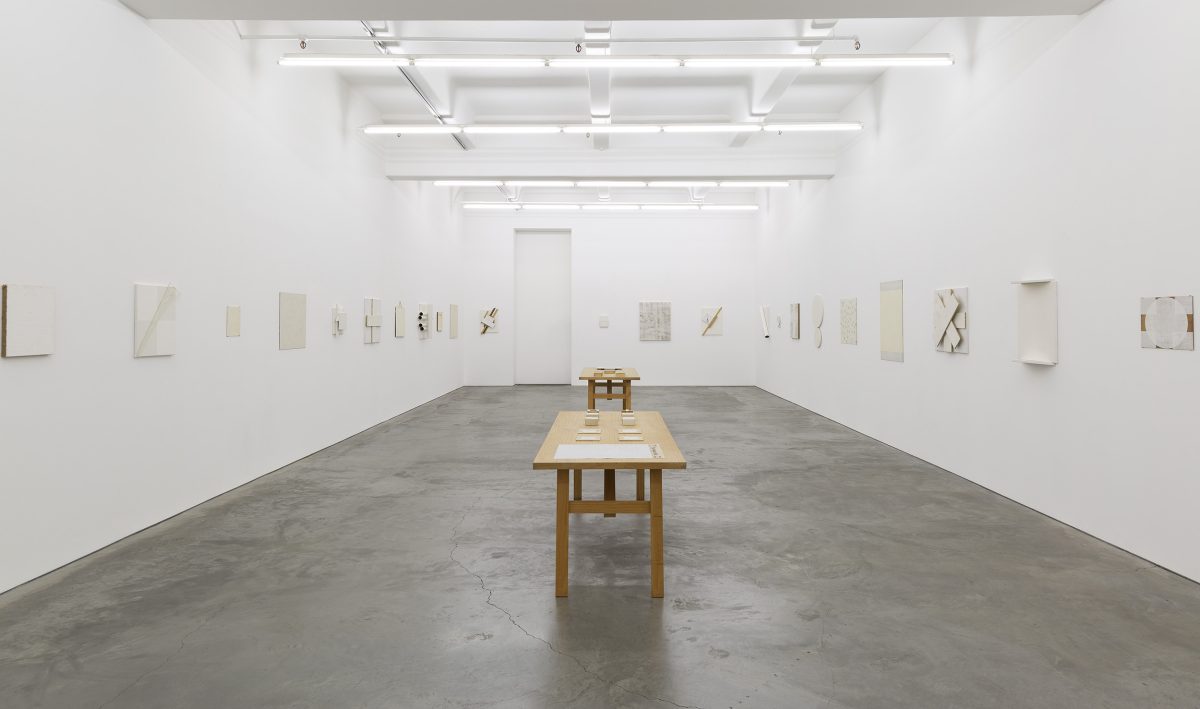
John Nixon
White Paintings, 2022
Installation view, Anna Schwartz Gallery, Melbourne
Photographer: Christian Capurro
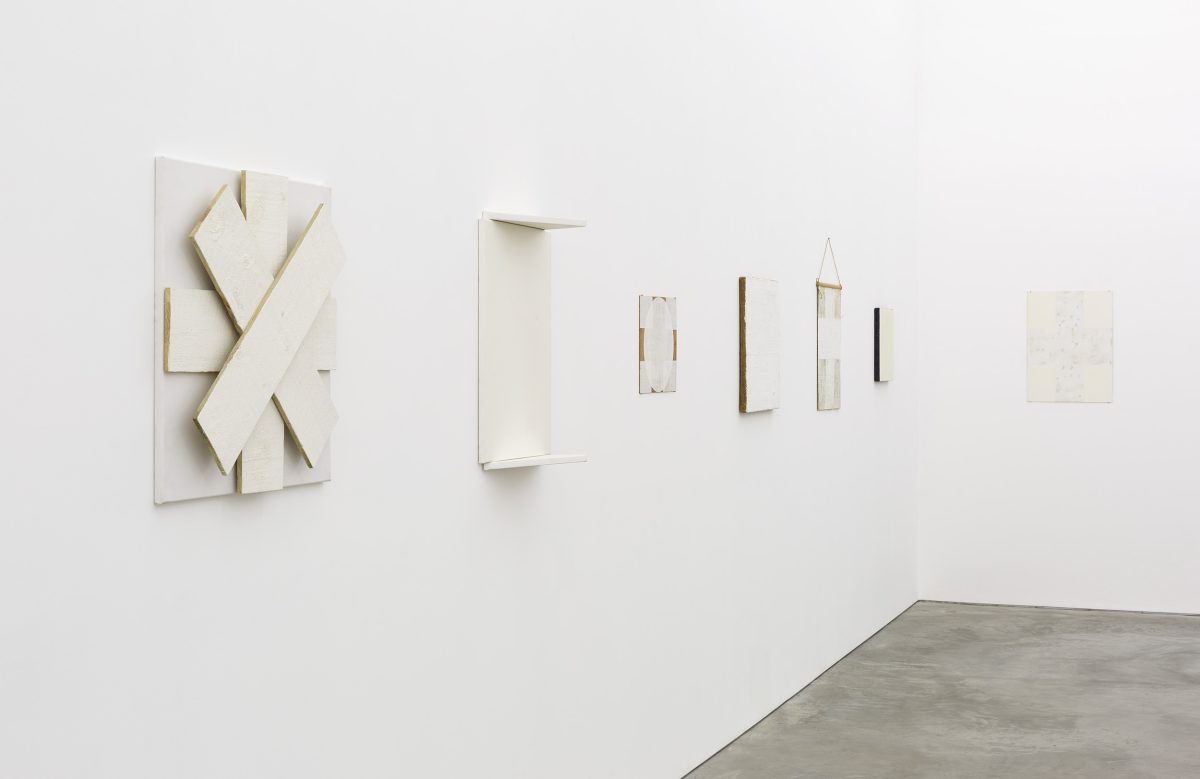
John Nixon
White Paintings, 2022
Installation view, Anna Schwartz Gallery, Melbourne
Photographer: Christian Capurro
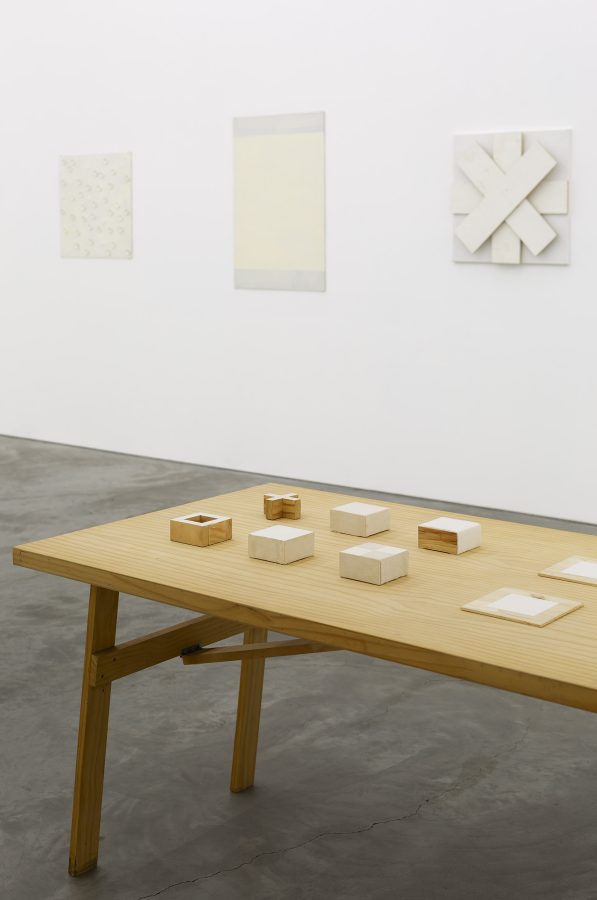
John Nixon
White Paintings, 2022
Installation view, Anna Schwartz Gallery, Melbourne
Photographer: Christian Capurro
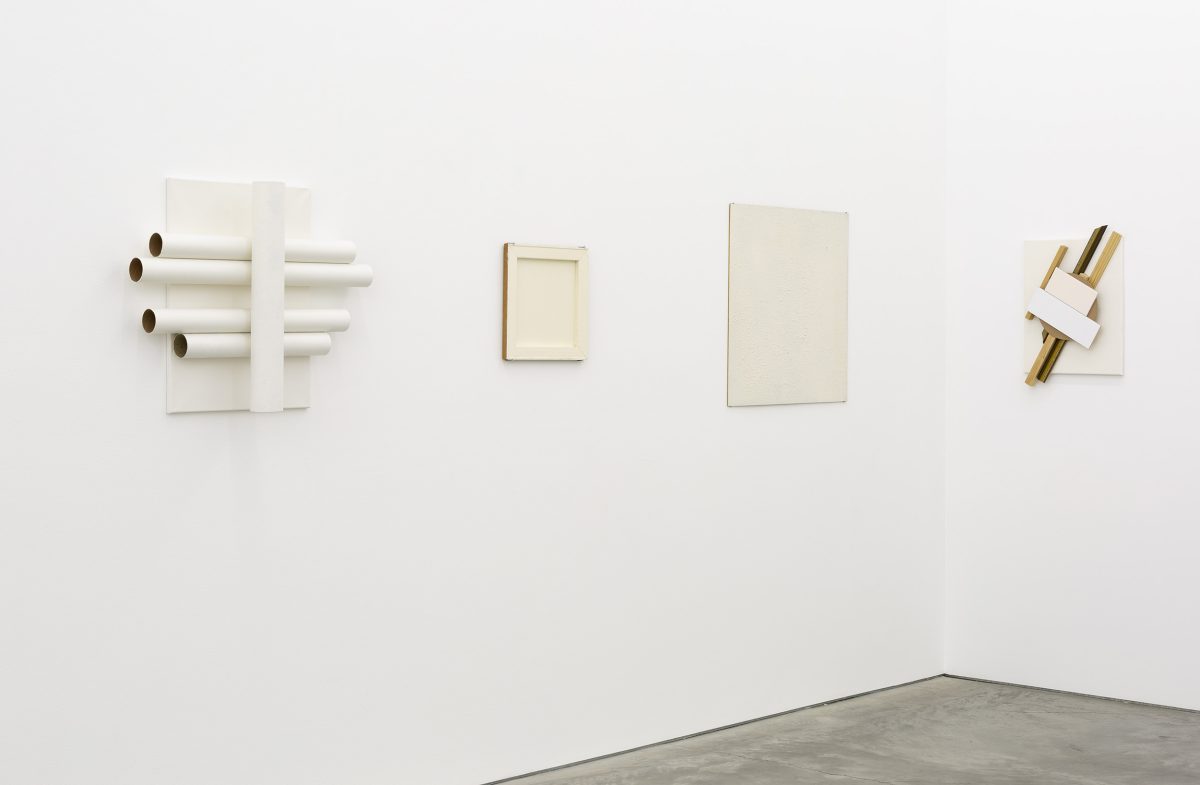
John Nixon
White Paintings, 2022
Installation view, Anna Schwartz Gallery, Melbourne
Photographer: Christian Capurro
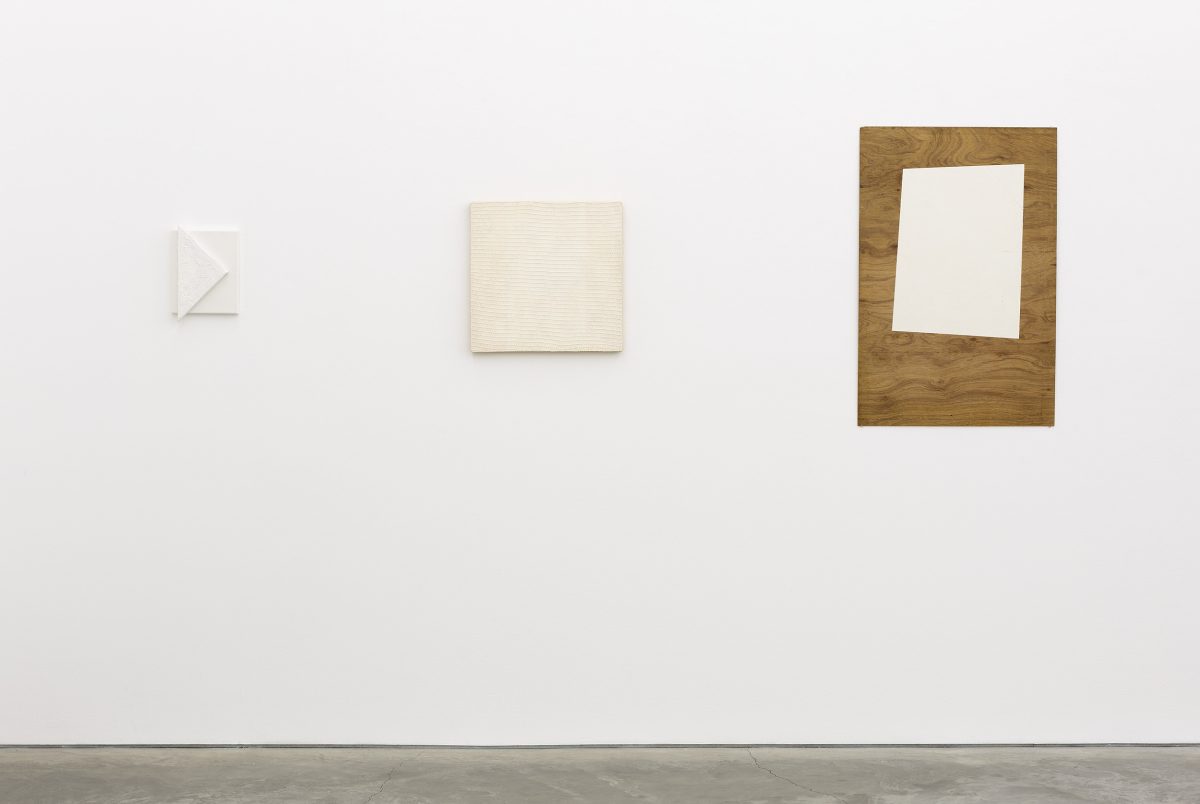
John Nixon
White Paintings, 2022
Installation view, Anna Schwartz Gallery, Melbourne
Photographer: Christian Capurro

John Nixon
White Paintings, 2022
Installation view, Anna Schwartz Gallery, Melbourne
Photographer: Christian Capurro
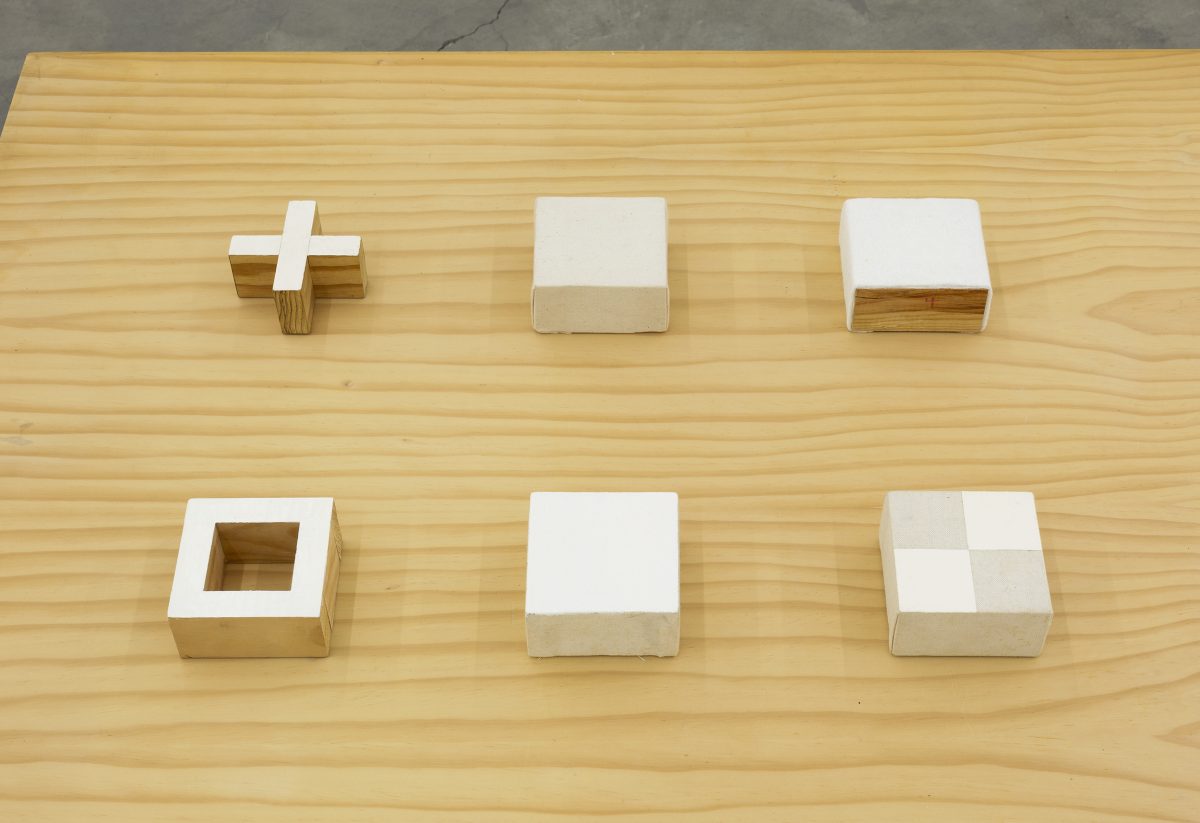
John Nixon
White Paintings, 2022
Installation view, Anna Schwartz Gallery, Melbourne
Photographer: Christian Capurro
